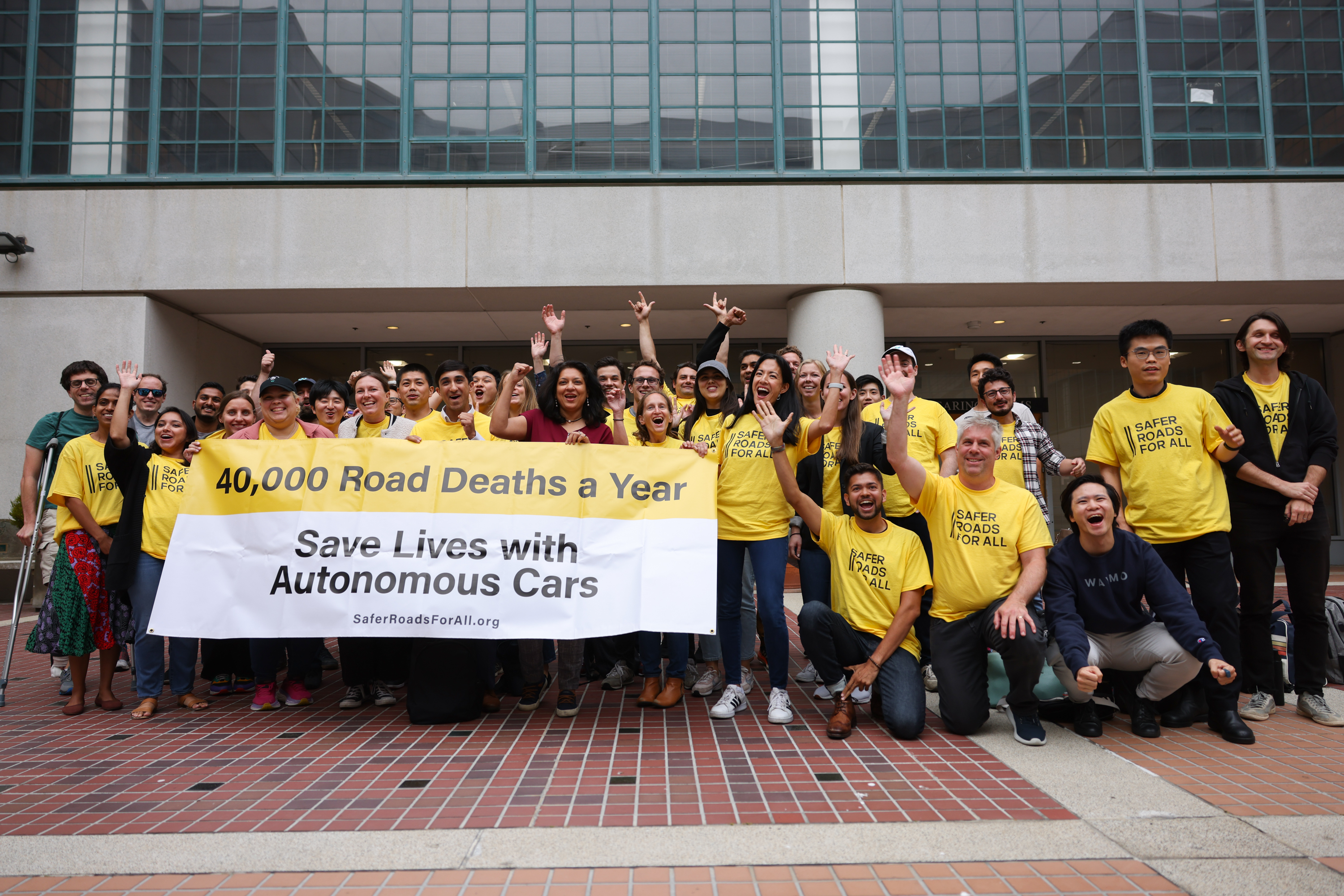San Francisco will enter a new era of driverless cars—whether residents and city leaders like it or not—after the California Public Utilities Commission (CPUC) gave autonomous vehicle companies Cruise and Waymo the green light for unlimited expansion on Thursday.
In a 3-1 vote, the commission ruled to allow the companies to operate across the city 24/7 and charge passengers for the ride.
Commission President Alice Reynolds and commissioners Darcie Houck and John Reynolds voted in favor of resolutions allowing the companies to expand their operations. Commissioner Genevieve Shiroma opposed the resolution, saying that the CPUC lacked sufficient information to evaluate the safety of autonomous vehicles and their impact on first responders.
Driverless Cruise and Waymo cars have long circulated through San Francisco and even ferried passengers through the city streets. But, until now, their operations have remained limited.
Cruise has been allowed to charge fares for rides between 10 p.m. and 6 a.m. and offer free rides at all other times. Waymo has only been allowed to charge for rides with a human safety driver in the vehicle.
Now both companies will be able to grow their operations in San Francisco.
“Today’s permit marks the true beginning of our commercial operations in San Francisco,” Tekedra Mawakana, co-CEO of Waymo, said in a statement. “We’re incredibly grateful for this vote of confidence from the CPUC, and to the communities and riders who have supported our service.”
The company said it already had over 100,000 people on its waitlist, and it expected demand to be “incredibly high.” It said it would be welcoming new customers “incrementally” to ensure riders receive reliable service.
City Leaders Had Sought To Slow the Rollout
In recent months, city leaders, first responders and labor unions had all called on the California Public Utilities Commission to slow the robotaxis’ rollout, citing safety issues.
During a hearing on Monday, San Francisco Fire Department Chief Jeanine Nicholson told the commission that autonomous vehicles aren’t “ready for prime time” because of their potential to interfere with the work of first responders.
Cab drivers, Uber and Lyft drivers and even the Teamsters Union have all recently staged protests against self-driving robotaxis in downtown San Francisco.
During the Teamsters’ protest last month, which backed a California Assembly bill restricting the use of self-driving technology for heavy vehicles like semitrucks, Mayor London Breed and five members of the Board of Supervisors voiced their support for the union.
A Long Meeting With Passionate Comments
Thursday’s session started at 11 a.m., with the commission hearing hours of public comment and ultimately voting on two resolutions to allow Cruise and Waymo to operate across the city 24/7 and charge passengers for rides.
A long line of supporters and opponents waited on Van Ness Avenue to enter the commission building ahead of the meeting.
The crowd was peppered with people in yellow shirts from Safer Roads for All, a campaign by Waymo and tech industry groups to gain public support, as well as those in purple Service Employees International Union shirts to back them up. Detractors held a large banner on the steps with an illustration of a fallen dog with tire tracks on it, likely in honor of a dog struck and killed by a Waymo vehicle in May.
In keeping with contentious debates over autonomous vehicles, the public comments quickly got spicy and dragged on for hours as participants voiced strong views on both sides.
“Autopilot has been used in aviation for decades and that automation is one reason why not one person has died in a U.S. airline crash in 14 years,” said Brian McConnell, a licensed pilot.
“And I don’t see one robot costume. R2-D2, where are you?” McConnell added. “San Francisco, you’re better than this!”
Michael Smith, who identified himself as a startup co-founder, was less impressed with the robotaxis.
“Their technology is befuddled by the simple traffic cone,” Smith said, carrying a traffic cone with him for effect.
In a stunt dubbed the “Week of Cone,” activists in San Francisco took to placing the cones on the hoods of Cruise and Waymo vehicles, which causes them to go into shutdown mode, according to videos posted online.
The debate also divided local disability advocates, with some strongly supporting an expansion of the technology and others expressing concerns over safety and accessibility.
In the weeks leading up to Thursday’s vote, autonomous vehicle companies have gone on the offensive with an ad campaign denigrating the abilities of human drivers and presenting self-driving cars as the path forward.
In contrast, city leaders, first responders and some labor unions have called for a slower rollout of the would-be robotaxis.
